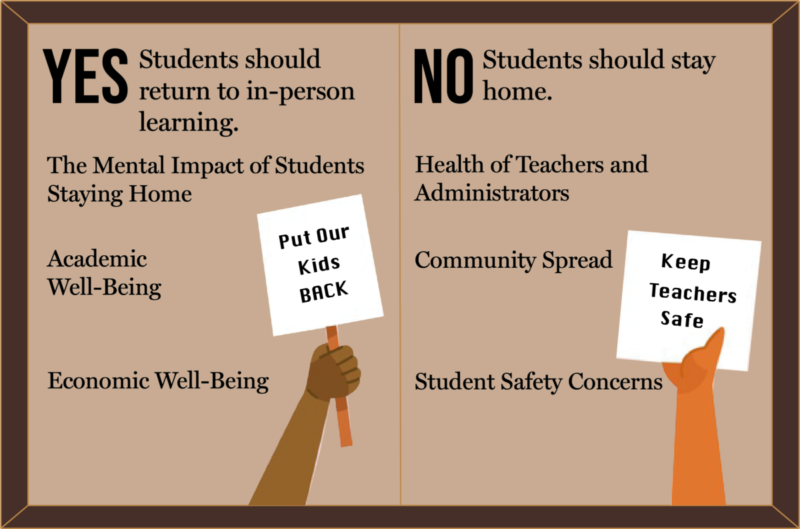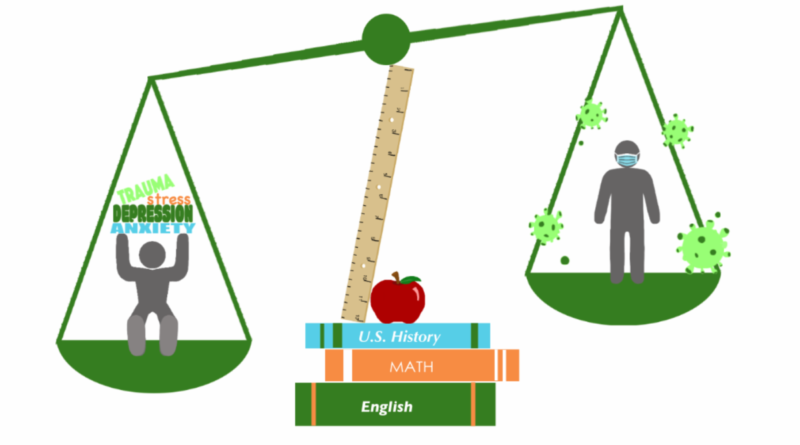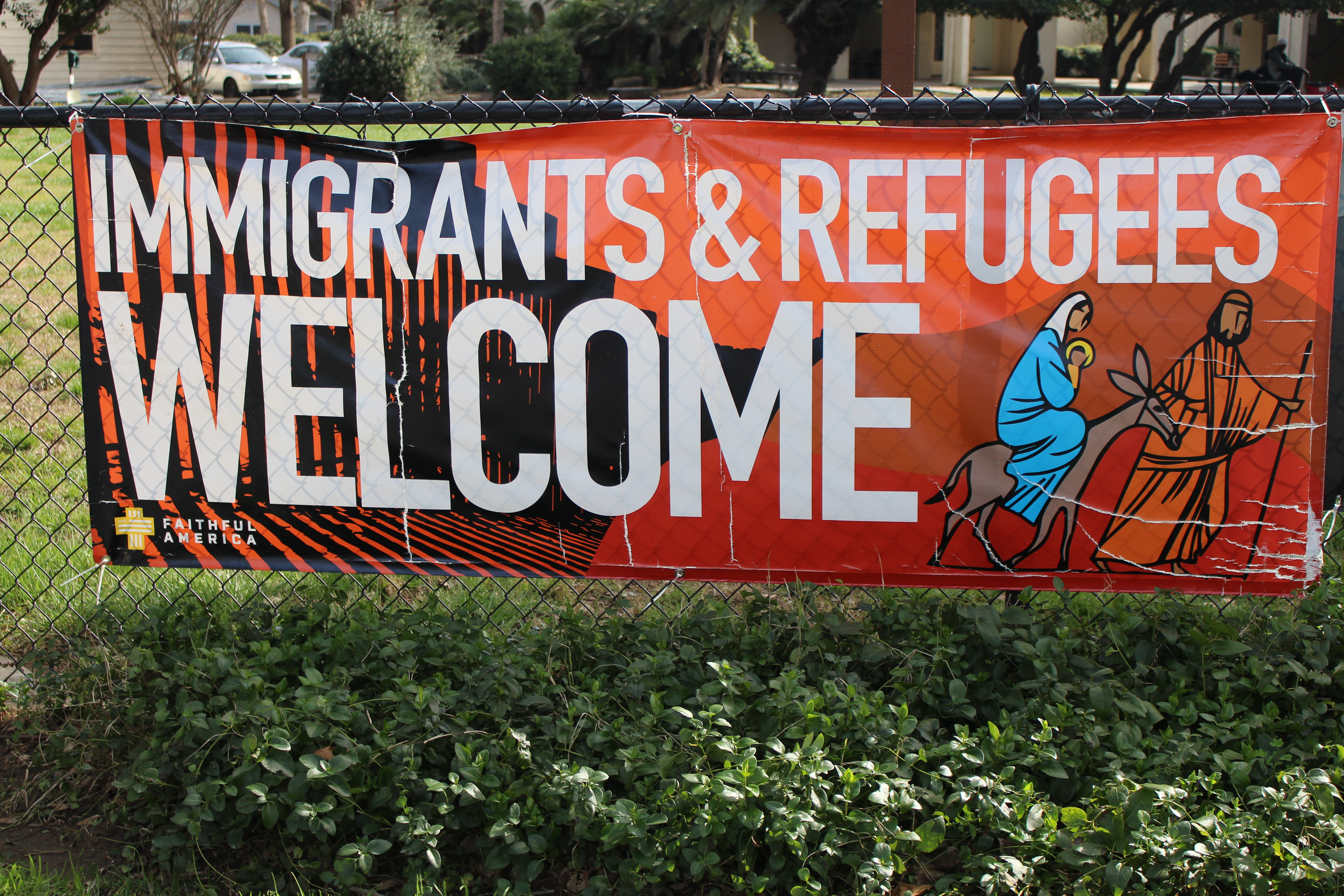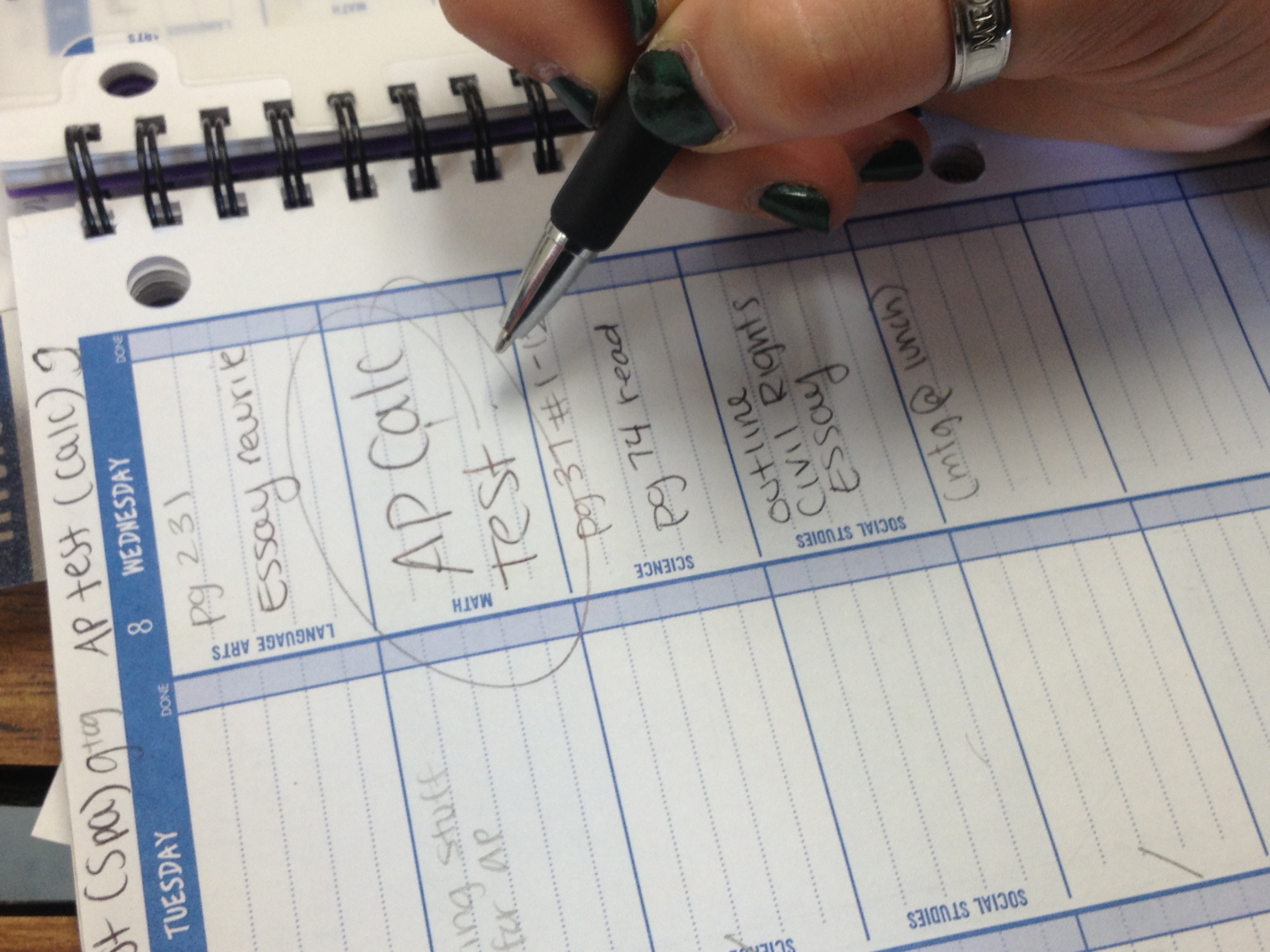OPINION: should students return to in-person learning?
PHOTO: Administration must weigh the various pros and cons of returning to school before making a decision.
By Genna Olavarri and Charissa Zeigler,
BlueDevilHUB.com Staff–
As nearby schools partially reopen and COVID-19 regulations loosen, administration must decide if Davis High students will return to campus. Students debate the idea.
By Charissa Zeigler,
BlueDevilHUB.com Staff--
Davis High students should transition to a mix of in-person and online hybrid instruction before the end of the 2020-2021 school year. The cost of not attending school has fallen heavily on low-income students whose comparative lack of access to learning resources has made it harder for them to participate in class.
Many students find it difficult to actively engage in class lessons that are occurring on screen. Zoom classrooms are often composed of a majority of students with their video cameras off and some students are unresponsive when called on by teachers or peers.
A study by the independent consulting group Mckinsey and Company shows that when school districts have access to average-level remote learning instruction, students have lost 3-4 months of learning that they would have had in a typical instructional environment. Average-level is defined as districts that transitioned to online school suddenly and with minimal experience with online instruction before the pandemic.
School data cannot account for many chronic absences during online instruction because they are difficult to track. Students may appear to be attending class but may not actually be present or are distracted. Youtube and other online entertainment are available with a click of the mouse as a gratifying alternative to class and can be run alongside zoom, obscuring the drastic lack of active learners in many classes.
Furthermore, the loss of traditional benchmarks of progress, such as graduation and prom disincentivizes attendance. In the article by Dr. Leah Lessard “Why the Coronavirus Crisis Hits Teenagers Particularly Hard,” Lessard notes that “Biological changes in adolescence… heighten the pleasure of social company.” This change operates as a mechanism through which teenagers develop independence by spending more time with their peers and less with their parents. However, This process has been disrupted by the social-distancing requirements of the pandemic and resulted in students who would otherwise be motivated to attend school because of their peers to not attend.
All these factors act together to push students out of school. A study by the Economic Policy Institute “Student absenteeism: who misses school and how missing school matters for performance” demonstrates that students absent from school experienced increasing drops in their math test scores over the days they were absent. They found that even missing 1-2 days of school has a negative impact of 0.10 standard deviations from the mean. Missing more than 10 days of school resulted in scores 0.64 standard deviations from their peers.
The impact of chronic absences on educational attainment, the alarming rate of drop-outs from school and the increasing disparities between low-income students and their peers indicate the need for students to return at the least to hybrid in-person instruction.
Some are afraid that in-person school will not be safe. However, many Davis High sports teams have been running safe practices for several months. The same must be done for students falling behind or being pushed back into poverty by the long term cost of missing school. Davis high should focus their resources on recouping the already dramatic losses in learning attainment for students.
Furthermore, the success of nearby private schools such as Woodland Christian and St. Francis in holding safe in-person schools demonstrates that transitioning to hybrid learning is possible. Hybrid instruction will require educators to be flexible in their problem solving and incorporate nontraditional classroom styles to promote safety but is key to increasing student participation.
Once older teachers are vaccinated, the district should prioritize beginning a hybrid model of instruction. The hybrid learning model will be a safe environment that will encourage students who have struggled through the visual teaching style of zoom and the trauma of months of isolation to engage in their classes.
By Genna Olavarri,
BlueDevilHUB.com Staff--
Roll out of bed, flip open the laptop, plunk down in the desk chair. Open the Zoom meeting only to be greeted by a teacher accompanied by rows of black boxes with the names of unfamiliar students. Distance learning is undoubtedly challenging, for students and teachers alike, and yet, now is not the time to go back to in-person learning.
With less than a semester of the school left , it does not make sense to begin a disruptive transition to a new model of learning. “In a school year where one of the primary goals was to create a stable experience for students, throwing us back into the classroom in the middle of the year only disrupts that stability,” Davis High English teacher Christine Baker said in a public comment to the Davis Joint Unified School District Board of Education on Feb. 4.
Some public schools in the area have attempted to return to in-person learning. KCRA3 News reported that Roseville High School reopened on Jan. 5 only to go back to distance learning from Jan. 14-22 after 18 teachers were sent into quarantine.
With the uncertainty of an in-person or hybrid learning model, it would harm the stability that schools have been working to establish. “Learning virtually may not be ideal, but we have created routines and there is security in routines,” Baker said.
Potential disorder aside, returning teachers to classrooms, particularly before they are vaccinated, would put them at unnecessary risk.
The data as to the true extent of the risk is still unknown. According to an article published in the CDC’s Morbidity and Mortality Weekly Report, “COVID-19 outbreaks related to kindergarten through grade 12 (K–12) classroom settings have been rarely reported; however, in-school transmission risk has not been well described.”
Those advocating for schools to return in-person often cite the mental health of students as a reason for the transition. Research indicates that the pandemic has been detrimental to the mental health of adolescents.
However, while social isolation and home confinement have negatively impacted adolescent mental health, there are other aspects of the pandemic that have contributed to increased anxiety and depression in students.
In an anonymous survey of 70 DHS and Davinci Charter Academy students, 64.3 percent cited worries about their family contracting COVID-19 as one of the reasons for their mental health decline during distance learning. We say we want students to go back to school for their mental health, but for many students, a return to in-person learning may actually increase their anxiety about the pandemic.
According to a study published in the Cambridge University Press Public Health Emergency Collection by psychology researchers at Stony Brook University and Florida State University “greater concern about contracting COVID-19 and school-related problems were associated with increases in both depression and all three types of anxiety symptoms”.
During this time, it is important to note how many gaps there are in our student support system. Public schools are given the responsibility of providing parents with child care, feeding students, and providing mental health care. With school closures, the schools’ heavy burden of responsibility has become increasingly apparent.
So many students are struggling right now and our sole answer to the overwhelming issue is to return students to classrooms. So I ask you, as members of the Davis community, how can we better support our students and teachers during this time? What are we doing to protect the mental and physical wellbeing of all of our students until it is definitively safe to return to physical school?
As a community, we could have prioritized sending students back to school with stricter COVID-19 regulations from the get-go and yet we prioritized opening bars, restaurants and allowing indoor sports. As a result, our community is not ready for in-person instruction.
In this situation that we have created for ourselves, it is now a waiting game. Waiting for conclusive research. Waiting for vaccinations. Waiting for a return to normal.





